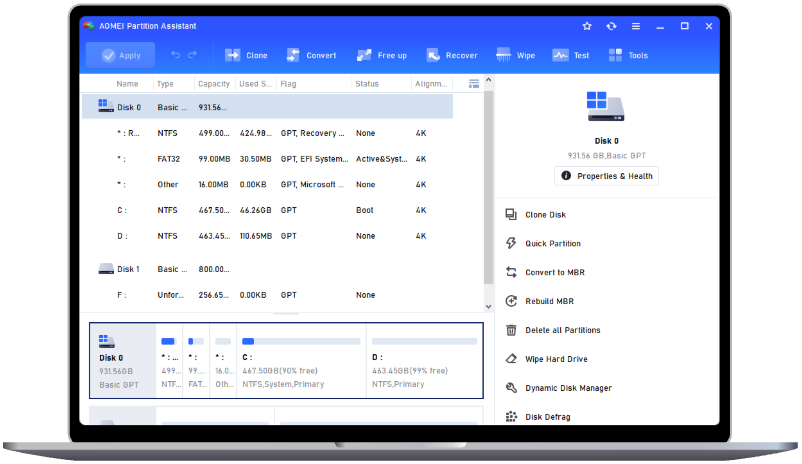Microsoft Begins to Halve the Number of Annual Windows 10 Updates
Microsoft has adjusted the update time of Windows 10. If you want to know what happened, please read this article.
Microsoft has made an unobtrusive but crucial change in its Windows business, designed to limit customer disappointment through updates.
After the arrival of Microsoft's most recent OS Windows 11, the company expressed that it will just give yearly updates to Windows 10, rather than refresh double a year. The annual arrangements for Windows 11 are similar.
Windows is still vital to Microsoft's business, contributing about 13% of its revenue. According to information from think tank Gartner, in 2020, in terms of shipments, Windows' share of the entire industry is close to 83%, while Google Chrome OS is 10%, and Apple macOS is 7%.
By reducing the number of updates, Microsoft is fulfilling industry guidelines. Apple releases another variant of macOS once a year, while Apple's iOS only releases an update once a year, as is Google's Android system. However, Google provides a Chrome OS update approximately every four weeks.
After Microsoft released Windows 10 in 2015, it provided updates twice a year, which caused dissatisfaction from some customers who did not care about additional settings. In 2019, Microsoft began to carry out a larger update each year, which contains new elements, while more gentle updates focused on execution and reliability.
In Windows 11, Microsoft listened to the demands of users and cancelled the plan to update twice a year. For customers who are not going to update to Windows 11, Microsoft stated that they will still support Windows 10 before October 2025.
On November 16, Microsoft began to release the Windows 10 November 2021 update, also known as Windows 10 form 21H2.
"As an integral part of our assistance to Windows 10, we will continue to follow customer criticism to change Windows to solve your problem, and set the scope of the November 2021 update to zero in terms of efficiency, board of directors, and security," John Cable, Vice President of Planning, Windows Service and Delivery Management, wrote on a blog post.
When using Wi-Fi, this update includes more reliable security to prevent attacks. The updated Universal Printing feature in Windows 10 Enterprise Edition handles up to 1 GB of printed content. Customers can now use Azure Virtual Desktop Services to design applications for cloud-based Windows 10.
Customers can check whether the update is accessible by opening the "Settings" application, browsing "Update and Security", selecting "Windows Update" and clicking the "Check for Update" button. If the PC is suitable for refreshing, the "Download and Install" button will be displayed.
Cable also stated that "it is now making Windows 11 upgrades more widely applicable to eligible Windows 10 devices."

